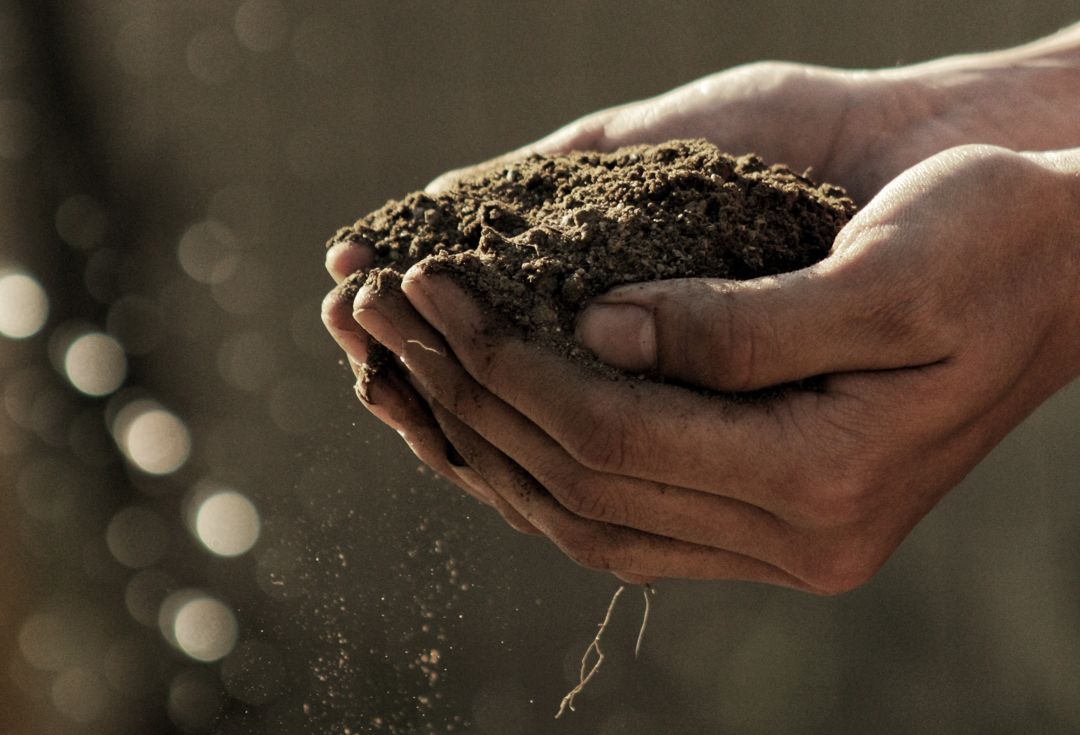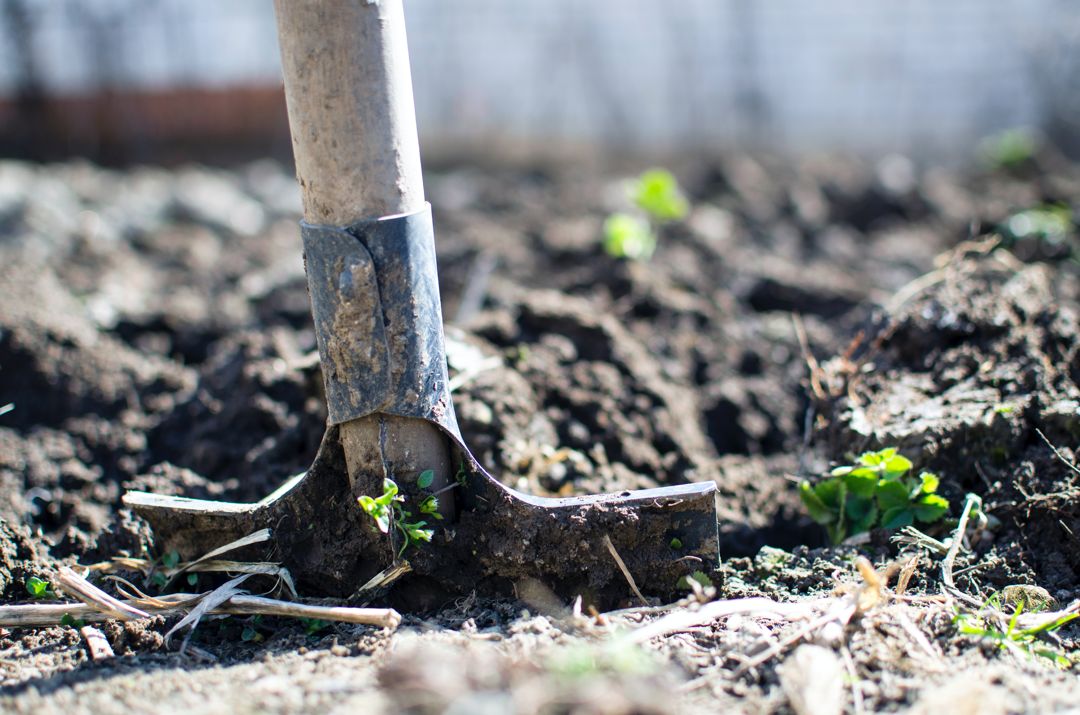Gardening typically involves a lot of effort to manipulate the soil - rototilling, digging, cultivating, raking. Conventional thinking is that churning up the soil gives plants a more favorable environment to grow in; by loosening it, improving drainage, and tilling in compost and green manures. But what if all this work was not necessary and was actually degrading the soil? That’s where no-till gardening comes in.
What is No-Till Gardening?
No-till gardening aims to disturb the soil as little as possible when building and maintaining a garden.
The main reason for wanting to minimize soil disruption is to protect the soil food web - a vast, complex ecosystem of worms, insects, bacteria, and fungi that all work together to improve the quality of the soil for plant growth. Earthworms, for example, are prolific diggers. They aerate the soil and bring nutrients from the upper soil layers down to deeper layers, making it easier for plant roots to grow and to uptake nutrients. Fungi also form part of plant root systems. They reach water and nutrients that the plant roots simply can’t, and they give these nutrients to the plant in exchange for simple sugars produced by the plant.
With organisms doing all this crucial work in the soil, it only makes sense to do everything we can to feed and nurture them rather than destroying them!
What are the Benefits of No-Till Gardening?

Doing away with tilling and digging eliminates most of the backbreaking gardening work! If that isn’t enough to convince you, there are many added perks with no-till gardening:
With proper techniques and vigilance weed and pest problems are reduced, owing to having healthy soil and resilient plants. Less watering is required and drainage is improved, as soil with plenty of organic matter is able to hold onto the optimal amount of water for plants. No-till also eliminates the need to rely on chemical fertilizers to compensate for problems that arise from overworked, lifeless soil.
In addition, no-till gardening offers several environmental benefits such as retaining carbon in the soil, protecting vital soil ecosystems, and reducing soil erosion.
What are Some No-Till Gardening Methods?
Some well-known no-till gardening methods are:
No-dig gardening: popularized by Charles Dowding in the UK, this method relies on using layers of cardboard to suppress weed growth, covered with several inches of fully broken-down compost on top.
Lasagna gardening: this method was developed by Patricia Lanza. Mentioned in an earlier post, the technique is similar to no-dig except it uses alternating layers of uncomposted nitrogen-rich and carbon-rich organic materials which will break down directly in the bed.
The no-work garden: developed by Ruth Stout, this method primarily uses hay as a mulch material that will readily break down and feed the soil.
The back-to-Eden method: founded by Paul Gautschi, this method uses wood chips as a protective mulch that also feeds the soil below.
Each of these methods have pros and cons. One of the challenges with no-till gardening can be sourcing the required materials, so cost and availability of materials in your area may be a deciding factor. Climate can be another consideration; hotter, dryer climates may benefit from the added layer of straw or wood chips, where they may harbor pests in wetter areas. Thick straw or wood chip mulches can make direct seeding tricky; the mulch needs to be pulled back so the tiny seedlings can grow through. Read up on the various methods and don’t be afraid to test them to see which works best for your garden!
Regardless of the specific techniques you decide to use, the key with no-till gardening is being kind to your soil life. Your soil and your plants will thank you!
